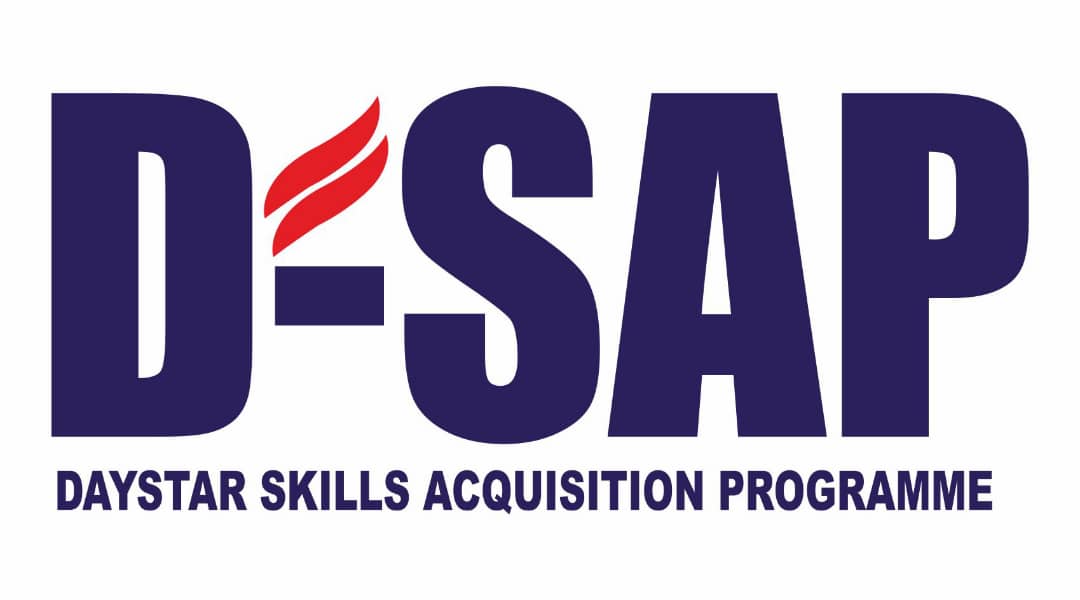
Course Title
Footwear Making
Course Brief Details
It’s basically the making of footwears. Footwear refers to things people wear on their feet.
It encompasses slippers, sandals and shoes. Due to the duration, the training is limited to slippers, sandals and belt making.
Trainees are shown the different tools and materials needed in making footwears.
Due to the duration, the training is limited to slippers, sandals and belt making.
IDENTIFICATION OF TOOLS AND MATERIALS
Trainees are shown the different tools and materials needed in making footwears
COMPONENTS OF FOOTWEAR
• Upper (it’s the upper part of every footwear and different types materials can be used e.g leather, jean/denim, aso-oke and Ankara)
• Insole (this is the platform where your feet steps on. Hard board, maco and lining are used to make the feet comfortable)
• Sole (this is the under surface of every footwear. It can either be leather, rubber or PVC)
PROCESSES INVOLVED IN FOOTWEAR MAKING
- Feet measurement /anatomy
- Pattern design and development
- Leather clicking
- Leather closing
- Lasting, soling and finishing
1: Introduction to shoe making and wrapping of last.
2: Pattern cutting for slipper and sandal
3: Cutting of upper materials and creating insole.
4: Lasting the upper and Practical
5: Student Practical
6: The Business of Shoemaking and Excursion
7: Belt training and Student Practical
8: Practical and Induction Ceremony
a) Students will learn the basics of making belt, slippers and sandals.
b) Students will be developed in the business side of footwear making.
c) Students would be able to draw or sketch
1. Last
2. Filing Machine
3. Pincers
4. Gum brush
5. Shoe brush
6. Shoe toucher
7. Shoe polish
8. Cardboard
9. Marco
10. Masking tape
11. Hardboard
12. Hammer
13. Mallet
14. Rivet pins
15. Knife
16. Leather
17. Lining
18. Dye for leather
19. Sole
20. Buckle
21. Leather marker
22. Sand paper ( rough and smooth)
23. Measuring tape
24. Punchers
25. Scissors
26. Gum
27. Dust mask
28. Tack nails
29. Belt straps
30. Belt buckle and pins
31. Moccasin thread
32. Wood for filing machine
33. Heavy duty scissor
1. In shoe making buying inexpensive material is as simple as buying fake materials.
2. The qualities of good and expensive materials vary from inexpensive materials because they are of low quality.
3. Buying inexpensive materials depreciates or devalues the quality in your work.
4. Buying inexpensive materials decrease the value and trust between you and your customers.
5. The texture of any inexpensive material is light when touched and it wears out quickly.
